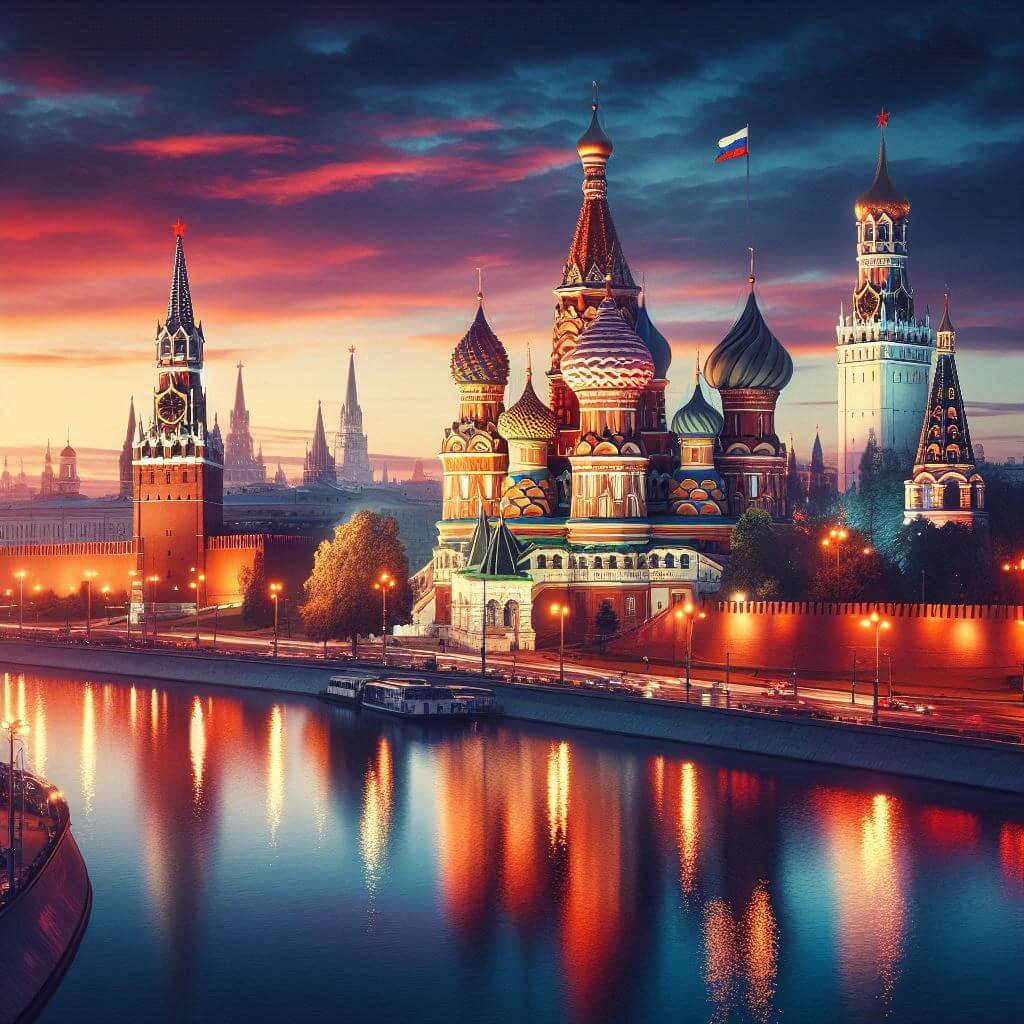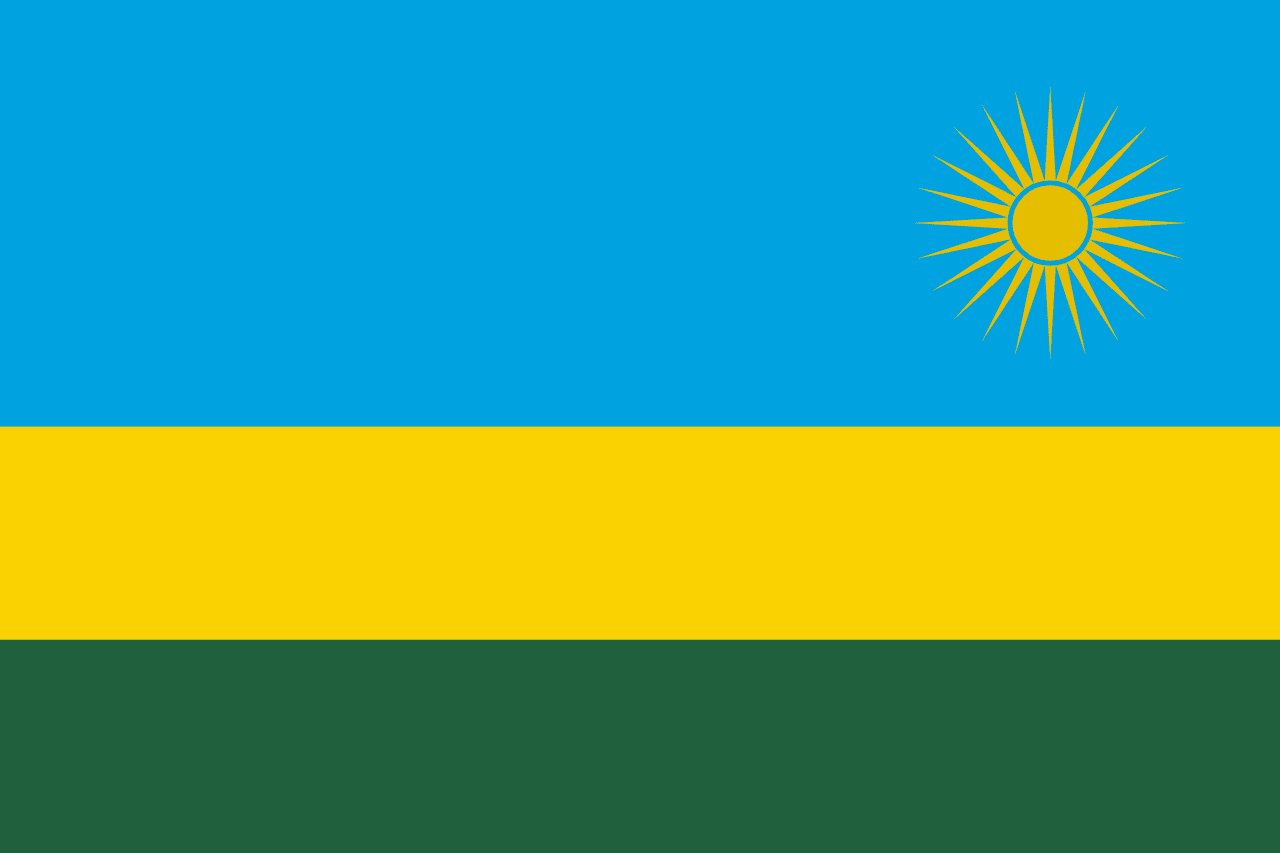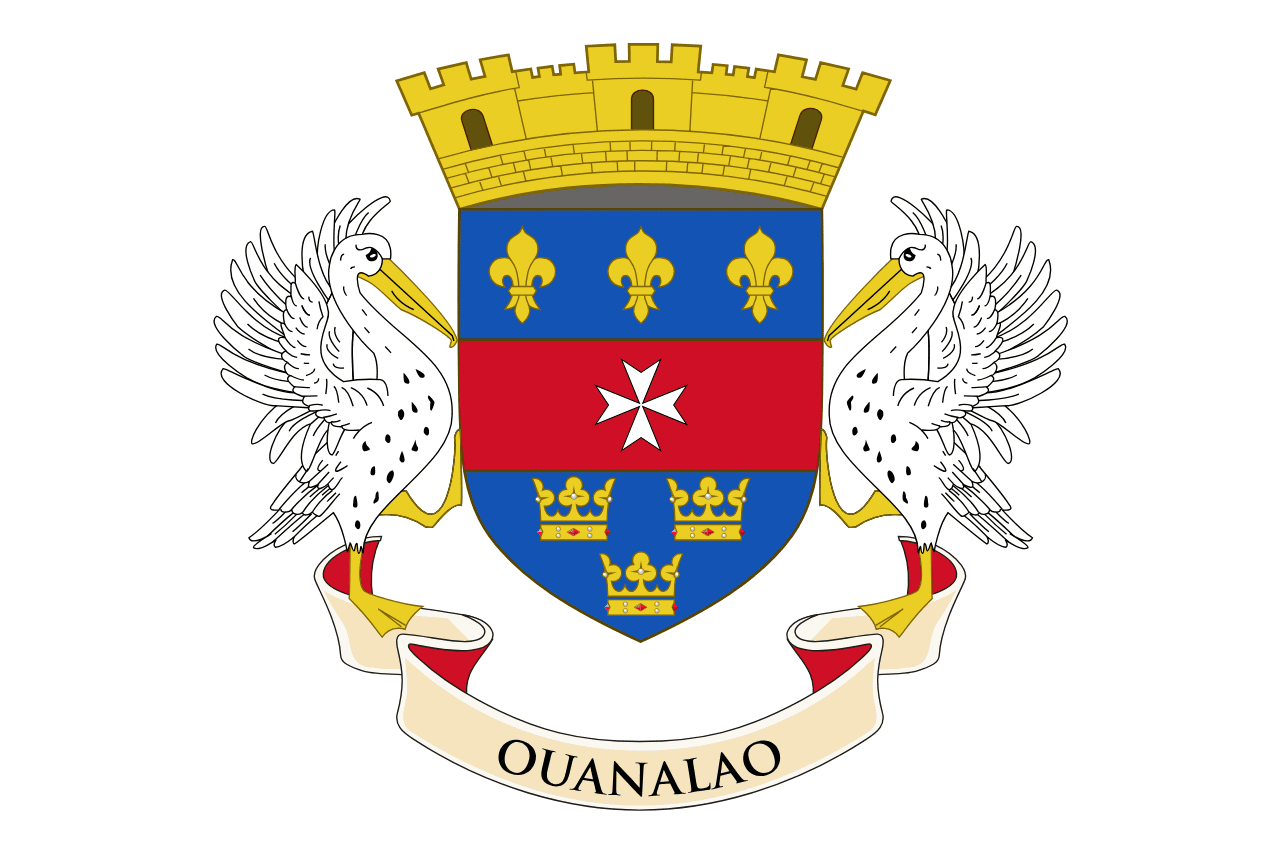La bandera de Rusia consta de tres franjas horizontales iguales: blanca en la parte superior, azul en el medio y roja en la parte inferior. Este diseño tricolor, conocido como la "Bandera del Estado de la Federación Rusa", representa la rica historia, el patrimonio cultural y la identidad moderna de la nación.
Información de Rusia
| Día de la Bandera Nacional | 22 de agosto |
| Estado soberano | Sí |
| Nombre oficial | Federación Rusa |
| Capital | Moscú |
| Población | 145,934,027 |
| Área | 17,125,200 km² |
| Moneda | Rublo ruso (RUB) |
| Idioma | Ruso |
| Continente | Asia, Europa |
| Región | Europa del Este, Asia del Norte |
| Subregión | — |
| Fronteras | Noruega, Finlandia, Estonia, Letonia, Lituania, Bielorrusia, Ucrania, Polonia, Kazajistán, China, Mongolia, Corea del Norte |
| Zona horaria | Hora de Kaliningrado (KALT) UTC+2, Hora de Moscú (MSK) UTC+3 |
| Código de marcación | +7 |
| Dominio de nivel superior | .ru |
Historia de la bandera rusa
 La bandera rusa actual fue adoptada oficialmente el 21 de agosto de 1991, tras la caída de la Unión Soviética. Sin embargo, su historia se remonta al siglo XVII. El tricolor se usó por primera vez como bandera comercial en la década de 1690 bajo el zar Pedro el Grande, inspirado en la bandera de los Países Bajos. Se convirtió en la bandera oficial del Imperio Ruso en 1696. Tras la Revolución Bolchevique de 1917, fue reemplazada por la bandera con el martillo y la hoz. El tricolor fue restaurado en 1991, simbolizando el regreso de Rusia a sus raíces pre-soviéticas y el comienzo de una nueva era en la historia rusa.
La bandera rusa actual fue adoptada oficialmente el 21 de agosto de 1991, tras la caída de la Unión Soviética. Sin embargo, su historia se remonta al siglo XVII. El tricolor se usó por primera vez como bandera comercial en la década de 1690 bajo el zar Pedro el Grande, inspirado en la bandera de los Países Bajos. Se convirtió en la bandera oficial del Imperio Ruso en 1696. Tras la Revolución Bolchevique de 1917, fue reemplazada por la bandera con el martillo y la hoz. El tricolor fue restaurado en 1991, simbolizando el regreso de Rusia a sus raíces pre-soviéticas y el comienzo de una nueva era en la historia rusa.
Simbolismo y diseño de la bandera rusa
El diseño de la bandera rusa está lleno de simbolismo, aunque no se ha asignado un significado oficial a sus colores. Tradicionalmente, el blanco se asocia con la nobleza, la sinceridad y la libertad. Representa el lado brillante de la vida y está vinculado a los vastos paisajes nevados de Rusia. El azul simboliza la fidelidad, la honestidad y la integridad. A menudo se asocia con los numerosos ríos y lagos de Rusia, así como con la profundidad espiritual de la nación. El rojo representa el coraje, la generosidad y el amor. Se asocia con la belleza de la naturaleza rusa y la sangre derramada por el pueblo ruso en defensa de su país. Juntos, estos colores encarnan la diversa geografía, el rico tapiz cultural y el espíritu resistente de la nación rusa.
Uso y significado de la bandera rusa
 La bandera rusa es un símbolo nacional prominente, exhibido en edificios gubernamentales, escuelas y durante ceremonias oficiales. Juega un papel crucial en el fomento de la identidad nacional y la unidad. La bandera aparece con frecuencia durante las fiestas nacionales, particularmente el Día de Rusia (12 de junio) y el Día de la Bandera Nacional (22 de agosto). En contextos internacionales, representa a Rusia en eventos diplomáticos, competiciones deportivas globales e intercambios culturales. La bandera sirve como un recordatorio poderoso de la continuidad histórica de Rusia, su posición como una gran potencia mundial y su identidad cultural única que une Europa y Asia.
La bandera rusa es un símbolo nacional prominente, exhibido en edificios gubernamentales, escuelas y durante ceremonias oficiales. Juega un papel crucial en el fomento de la identidad nacional y la unidad. La bandera aparece con frecuencia durante las fiestas nacionales, particularmente el Día de Rusia (12 de junio) y el Día de la Bandera Nacional (22 de agosto). En contextos internacionales, representa a Rusia en eventos diplomáticos, competiciones deportivas globales e intercambios culturales. La bandera sirve como un recordatorio poderoso de la continuidad histórica de Rusia, su posición como una gran potencia mundial y su identidad cultural única que une Europa y Asia.
Datos interesantes sobre la bandera rusa
- La bandera rusa comparte sus colores con muchas otras naciones eslavas, reflejando vínculos culturales e históricos compartidos.
- Durante la era soviética (1922-1991), se usó la bandera con el martillo y la hoz, y el tricolor fue prohibido en la URSS hasta 1987.
- Los tonos exactos de los colores de la bandera están especificados por la ley para garantizar la consistencia en todas las representaciones oficiales.
- El estandarte naval de Rusia presenta una cruz azul de San Andrés sobre un campo blanco, un diseño que data del reinado de Pedro el Grande.
- La bandera ha inspirado varios símbolos patrióticos y se incorpora a menudo en los uniformes deportivos rusos y en eventos culturales.





